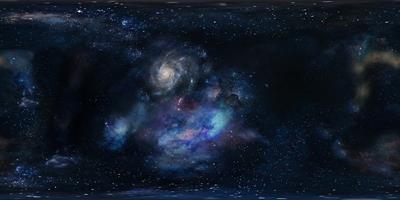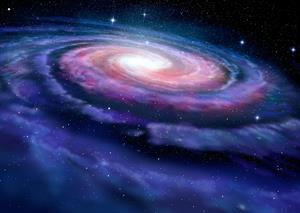PDF chapter test TRY NOW
Our universe is made of a fundamental constituent called luminous matter.
The universe consists of billions of galaxies. It comprises many constituents like a cluster of galaxies, stars and the solar system.

Universe
A galaxy consists of a system of billions of stars and celestial bodies held together by the force of gravitational attraction.

Galaxy
Observable universe:
The total size of the universe is still unknown since it is infinitely large. However, scientists determine the size of the universe from what they can observe, which is the ‘observable universe’. The observable universe is around \(93\) \(billion\) \(light\) \(years\) away.
Important!
A light-year is a total distance covered by the light travelling at a speed of \(300,000\) \(km\ per\ second\) in one year.
\(1\ light\ year\) \(=\) \(9.4607 \times{10^{12}}\ km\)
One of the fascinating aspects of the universe is that it is expanding at present and grows bigger. The edge of the universe is also expanding at a faster pace. However, the majority of the universe is an empty space.

Universe pie chart
All the atoms together in the universe make up only around four per cent. So, most of the universe (around \(96\%\)) is made up of dark matter and dark energy.
